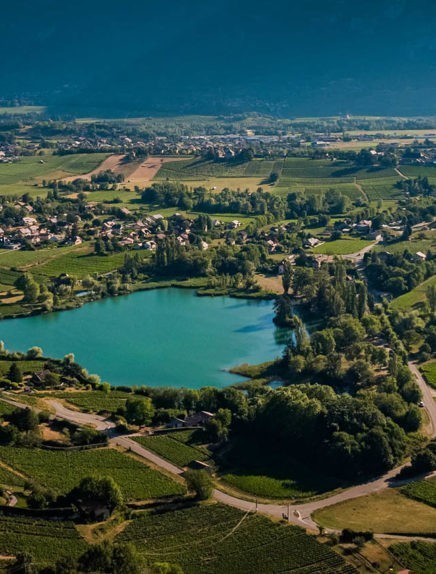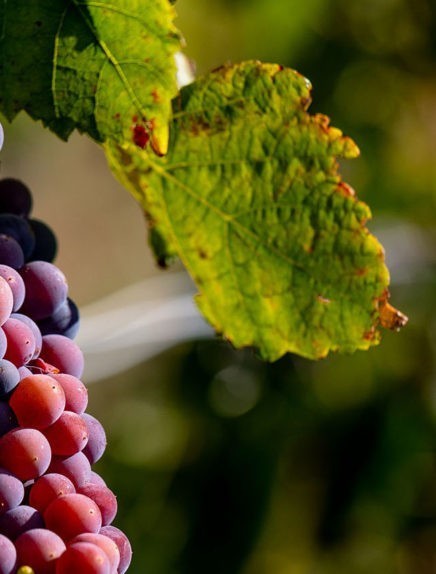Easy access
Your travel journalis empty
Damn, your travel book is empty!
Please use the buttonto add a place or an event to your favourites!
Morning
Afternoon
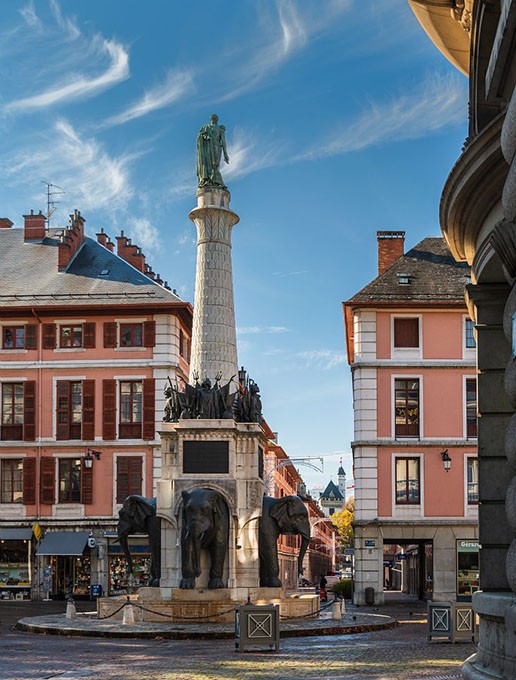
Savoy wine is among the oldest in France. Savoy’s iconic grape varieties include jacquère, altesse and roussanne for white wine and mondeuse, persan and pinot gris for red wine. What are you waiting for? Try the wine that Chambéry Montagnes and Cœur de Savoie are famous for. Everything in moderation of course. Please drink responsibly.
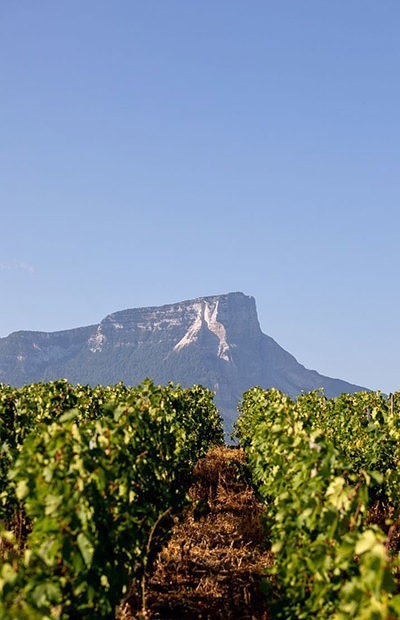
Savoy may not be the most famous winemaking region but it is one of the oldest in France as vine growing was first mentioned in 600BC. Monks conducted the first experiments in winemaking and vine growing in the Middle Ages before it became a major farming activity in the Duchy of Savoy. Vines covered the plains up to the hillsides at an altitude of over 1000m between the 16th and 18th century.
When Savoy became part of France in 1860, it had a significant effect on Savoy wine as it became a direct competitor with wine from the South of France.
The arrival of phylloxera in Savoy in 1877 wreaked considerable havoc, as it did throughout France, and the local vineyards almost didn’t survive.
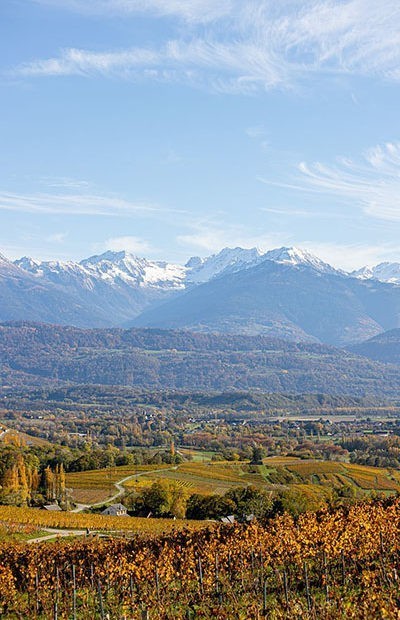
The Post-War period in the 20th century saw the Savoy vineyard rise like a phoenix from the flames: vine growing and winemaking methods were updated, the yields and quality improved. It was transformed by the industry’s organisation, the boom in winter tourism and being awarded the PDO designation in 1973.
Vines have played a huge part in sculpting the Savoy landscape. Today, they still play a key role in the region’s agricultural economy. The current vineyards are concentrated in the most favourable areas for cultivation, guaranteeing consistent quality.
Savoy’s wine-growing organisations, associations and professionals have now all come together at the Maison de la Vigne et du Vin (House of vines and wine) to champion and promote Savoy wine.
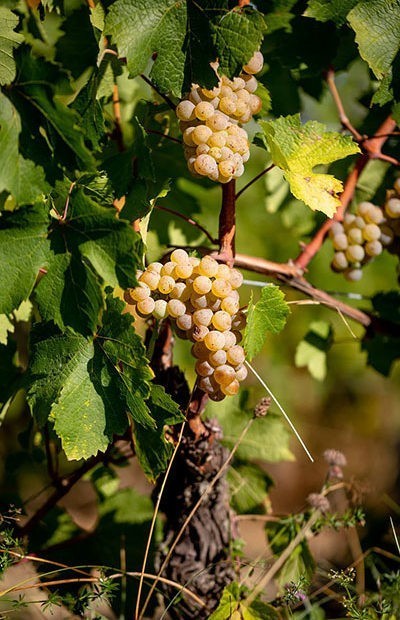
What makes Savoy wine unique is its grape varieties that are well-suited to the climate and limestone subsoil.
The second most important agricultural activity in Savoy after cheesemaking, winegrowing boasts 25 grape varieties, producing 21 distinctive geographical denominations (formerly known as “crus” or vintages).
